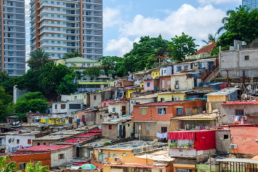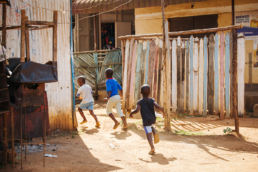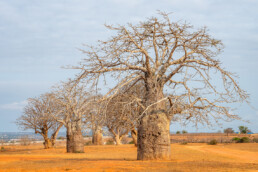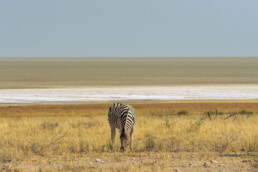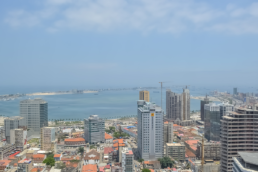Angola, Africa
The Region, The People
Angola is the world’s twenty-third largest country. It is five times the area of the United Kingdom and nearly twice the size of the US state of Texas. The population is estimated to be 15,941,000 people and per capita income is $2,813.
Rebuilding Hope
In 2002, after 27 years of a devastating civil war, the Angolan army and rebel forces signed a ceasefire agreement. Rich with precious gems and oil, Angola has the potential of a rich economy. Yet, today, most people live on less than $2 a day. The capital city, Luanda, is Angola’s fastest growing city and ranked as the most expensive in the world. On the Atlantic Ocean, condo towers, luxury apartments, and business headquarters jostle for prominence. The wealth generated from oil exports is slowly enabling the government to be involved in rebuilding the social and foundational infrastructure. The country is rugged and owns a tremendous wealth of natural resources and astounding natural sights including The Tundavala Fault in Huila, the Maiombe Forest in Cabinda and the Nzenzo Grottoes in Uige.

CEML is located in the southern province of Huila and serves over 2.5 million people, many of whom have no access to medical care. While there are over 50 different tribal groups in Angola, the people have been influenced by the Portuguese who ruled the country for more than 500 years. In pre-colonial times, Angolans of various groups followed broadly similar religious traditions that revolved around venerating ancestors and worshipping territorially oriented deities under a creator high god. That religious system continues in some form in many places today. The Portuguese introduced Christianity into the Kongo kingdom in the 15th century and continued to spread Christianity in the regions inland of Luanda after the official formation of the Angolan colony in 1575. In the late 19th century, Protestant missionaries entered Angola and through the building of foundational schools and hospitals, facilitated the growth of the Protestant population to its 30% prominence to this day.


